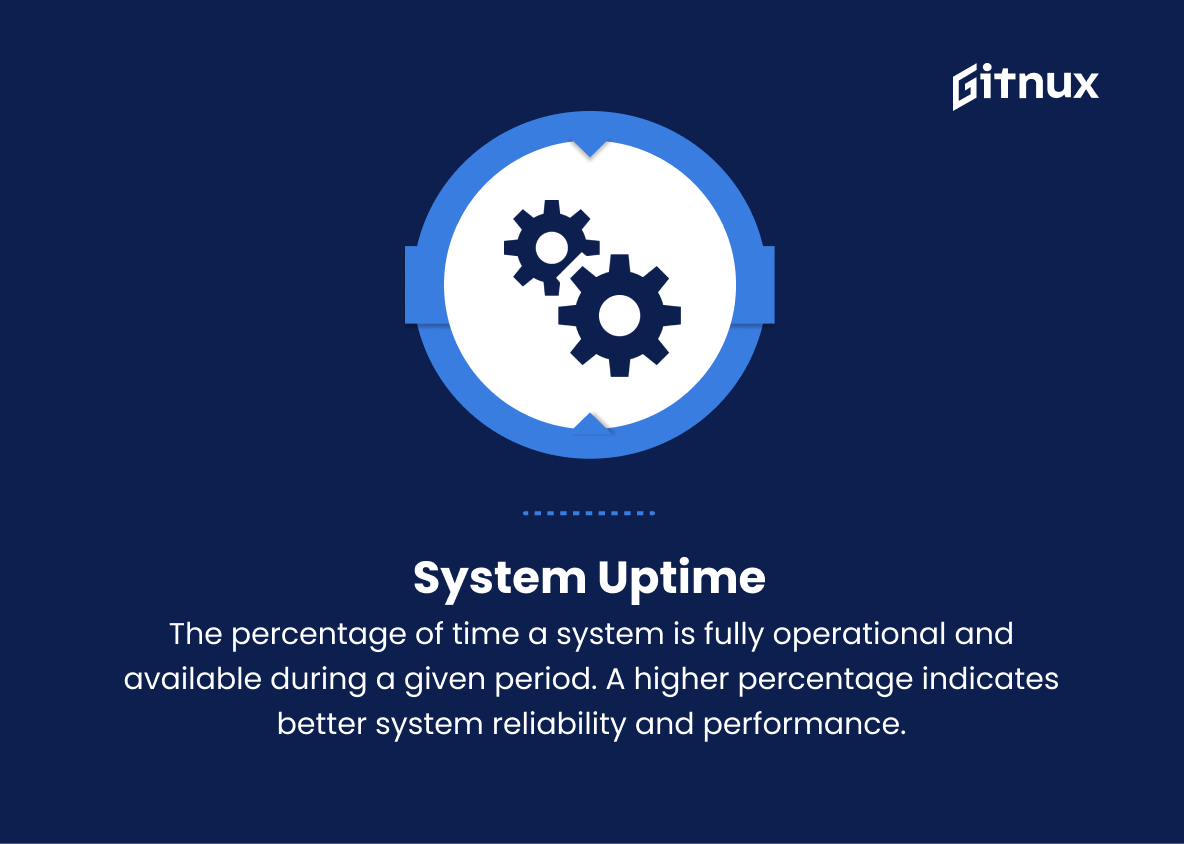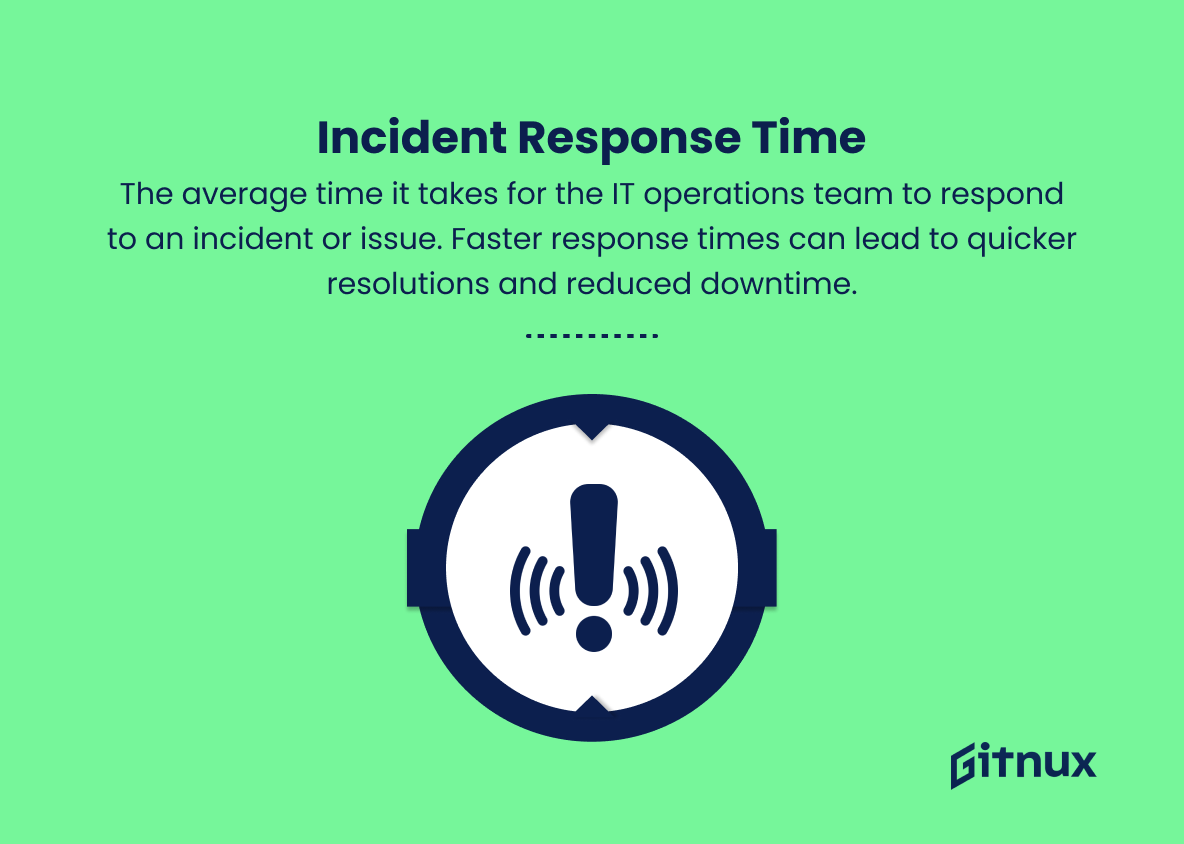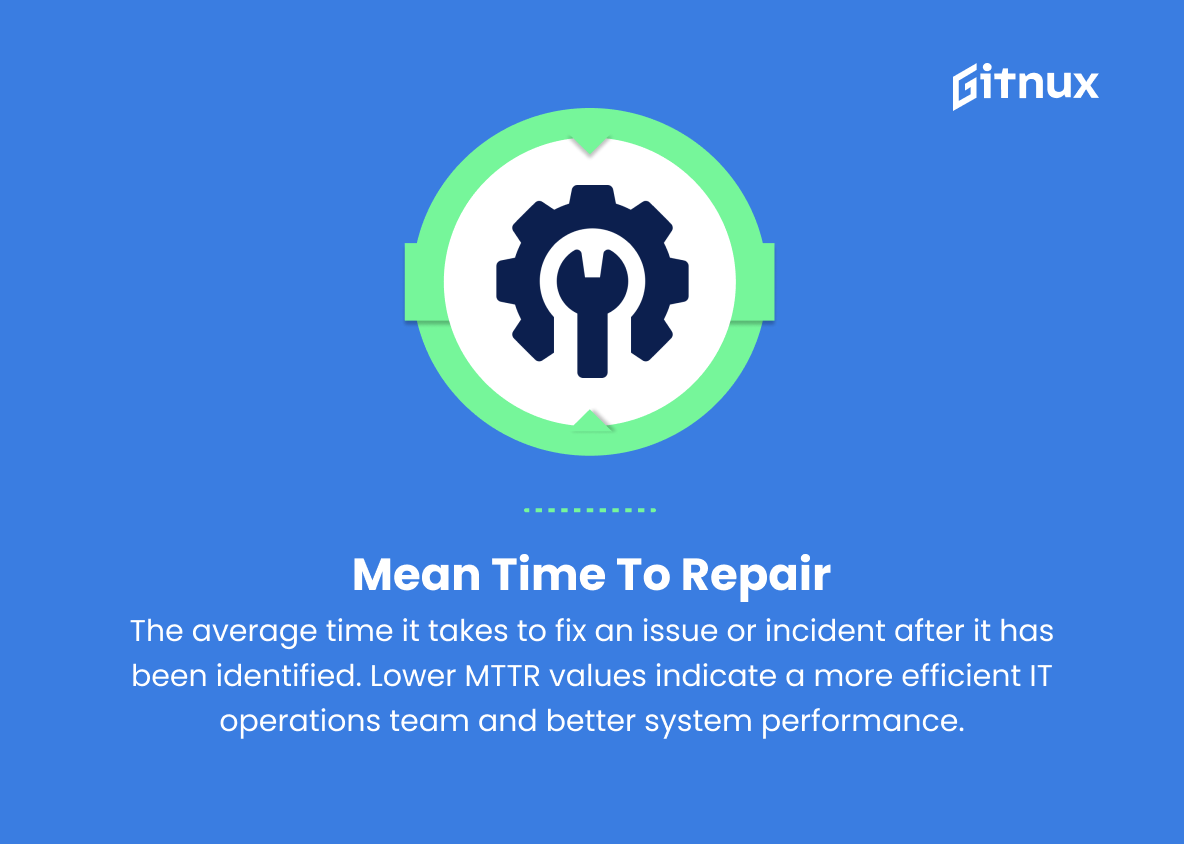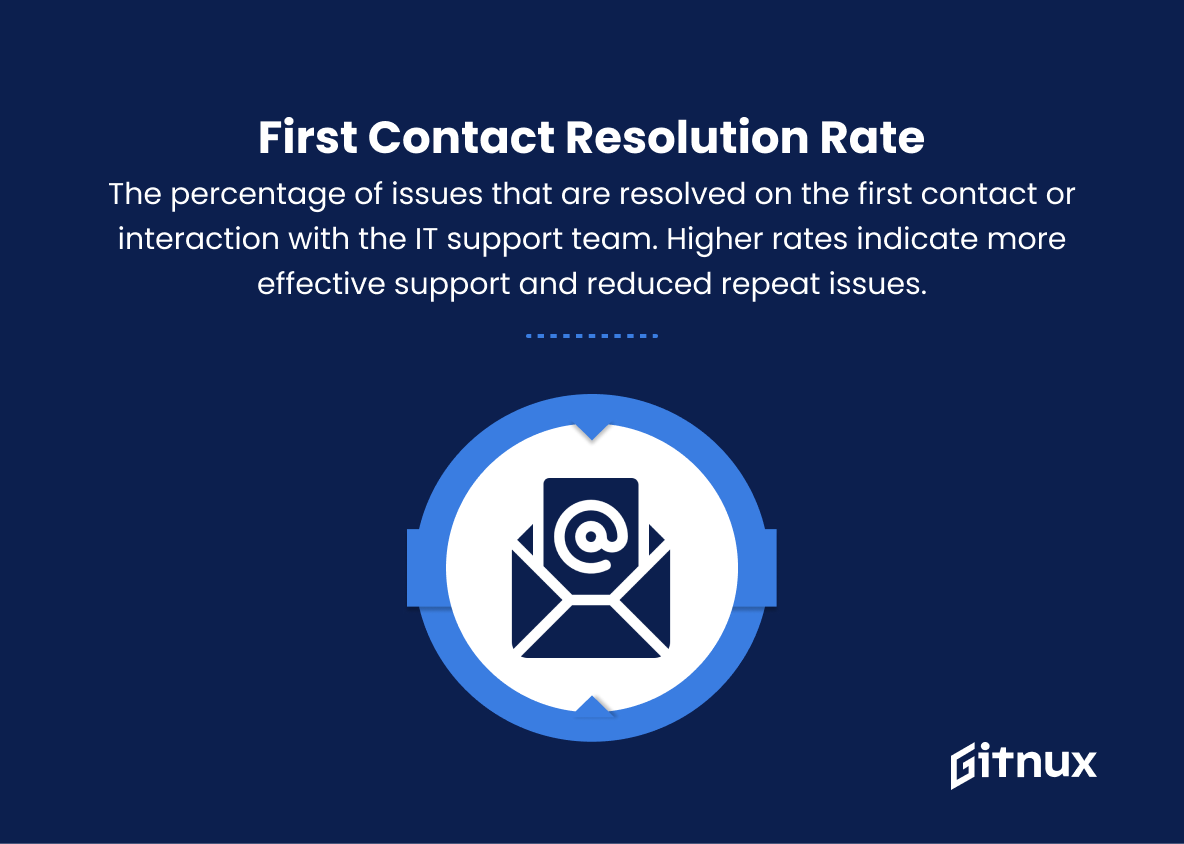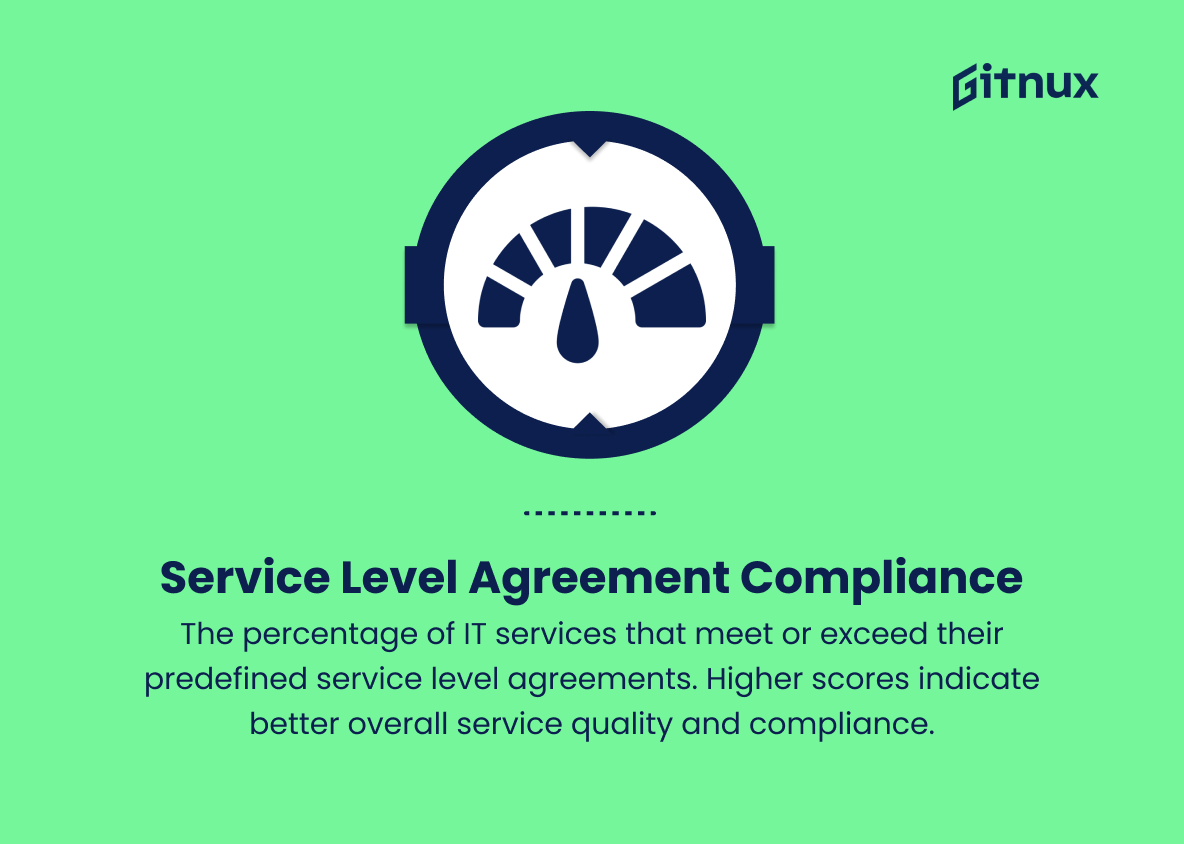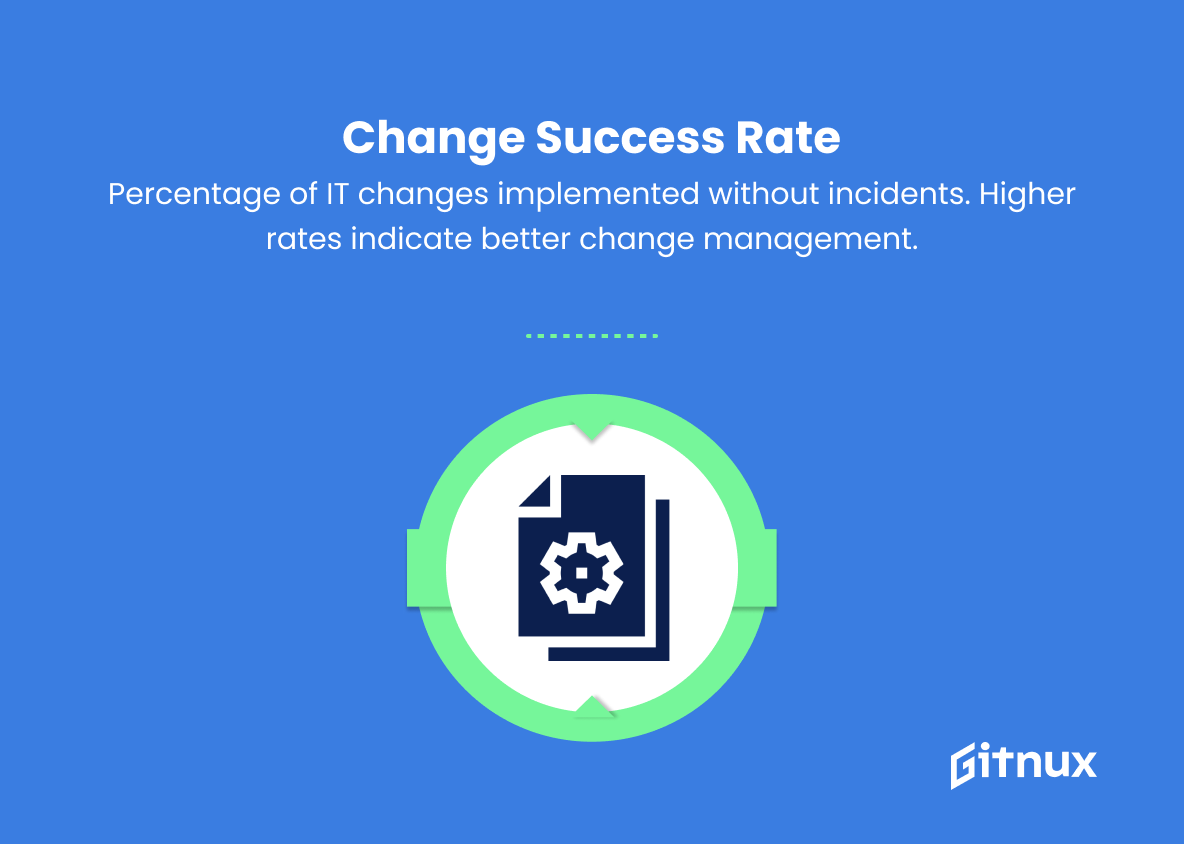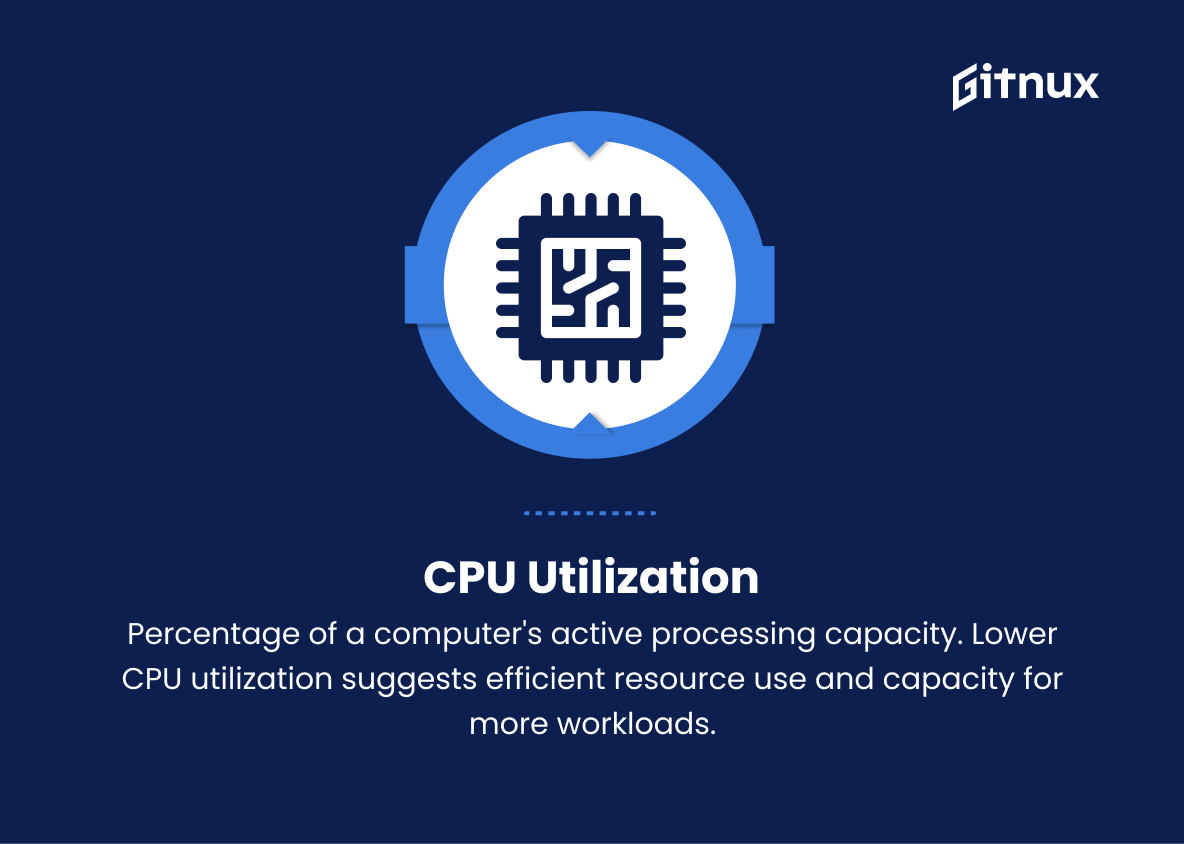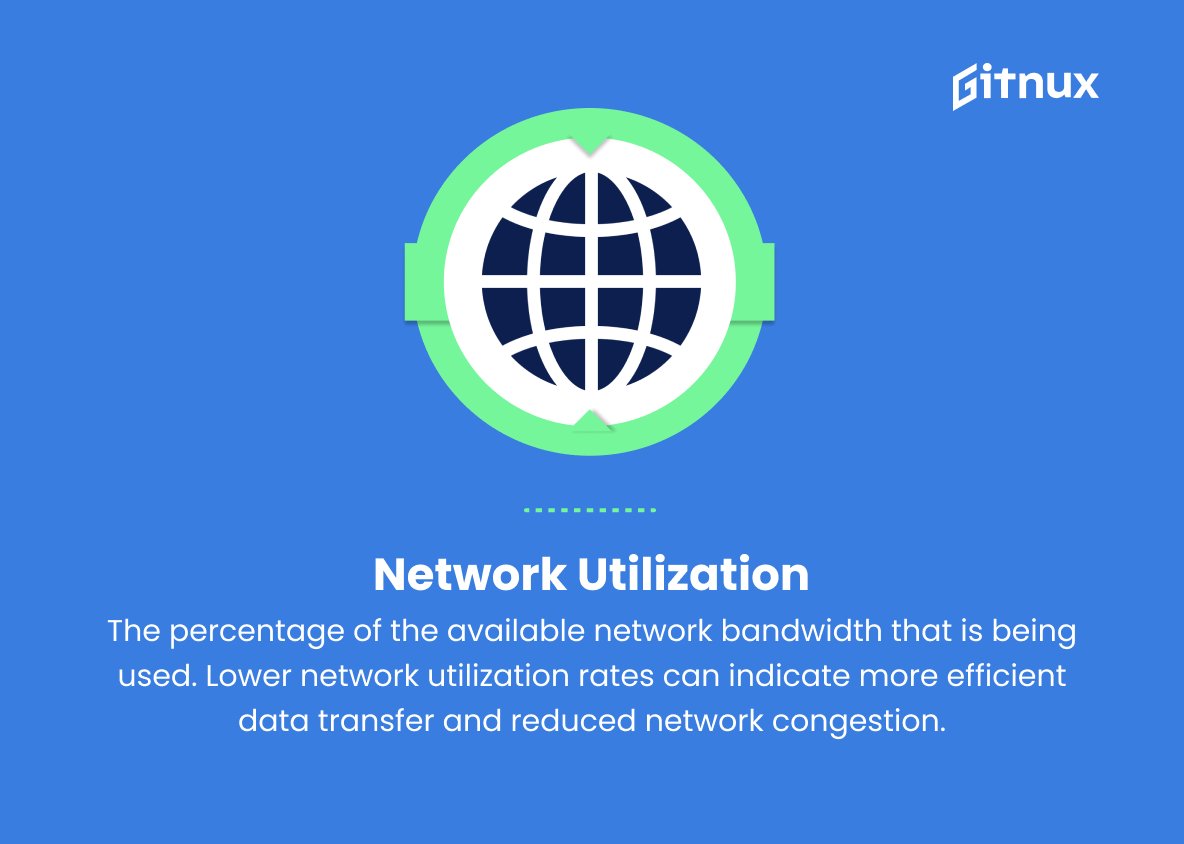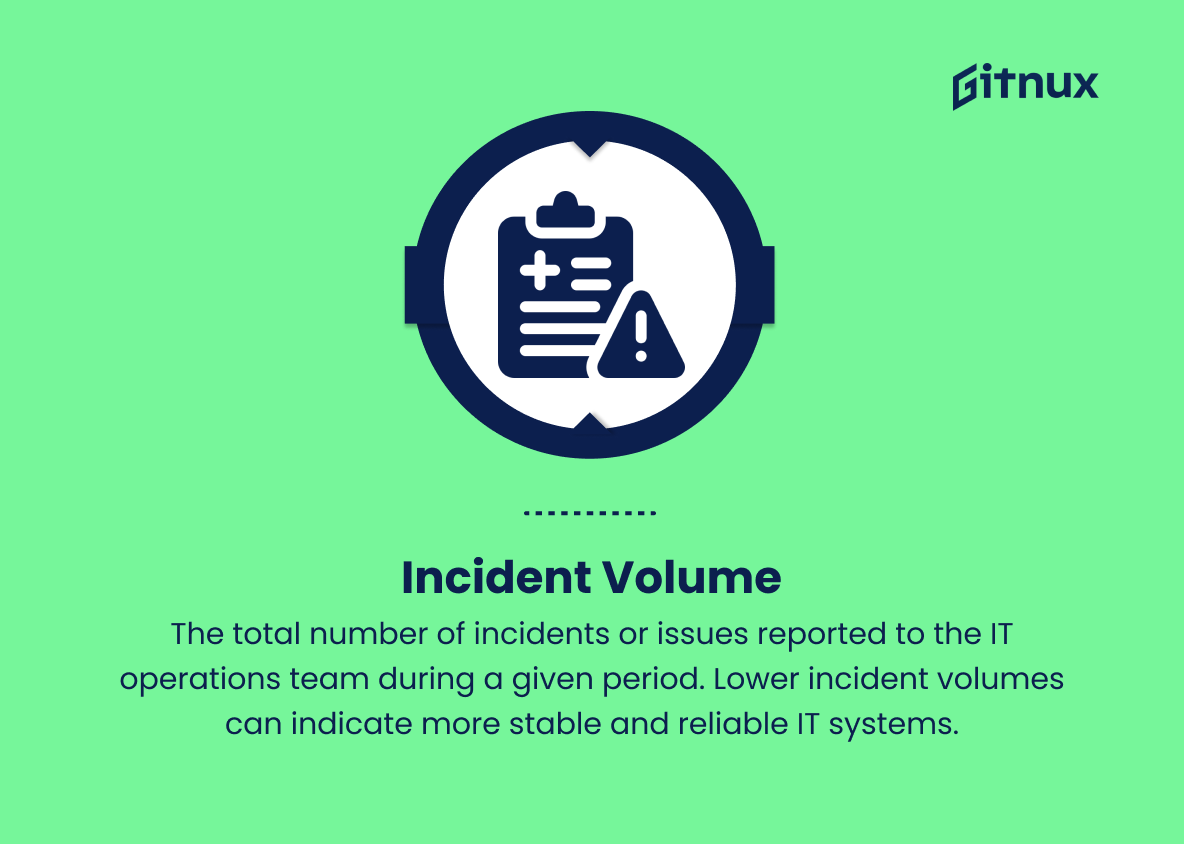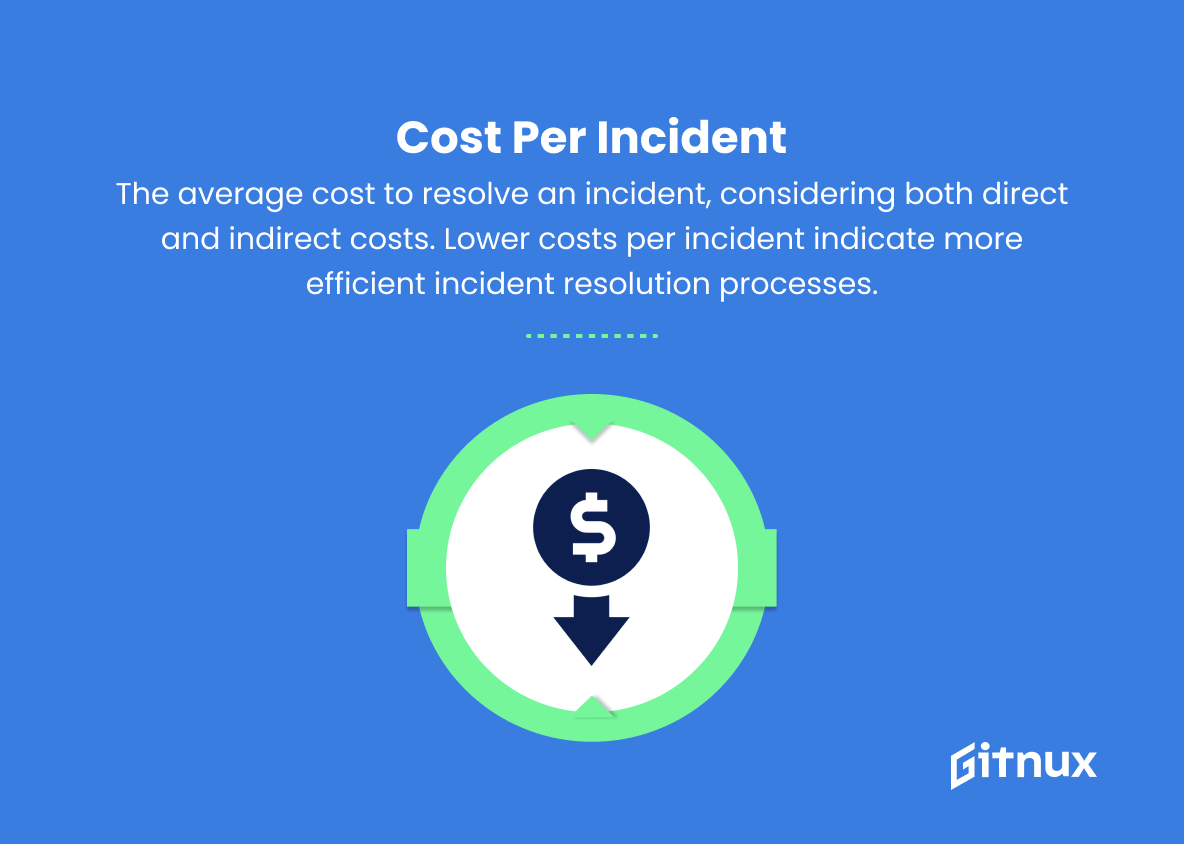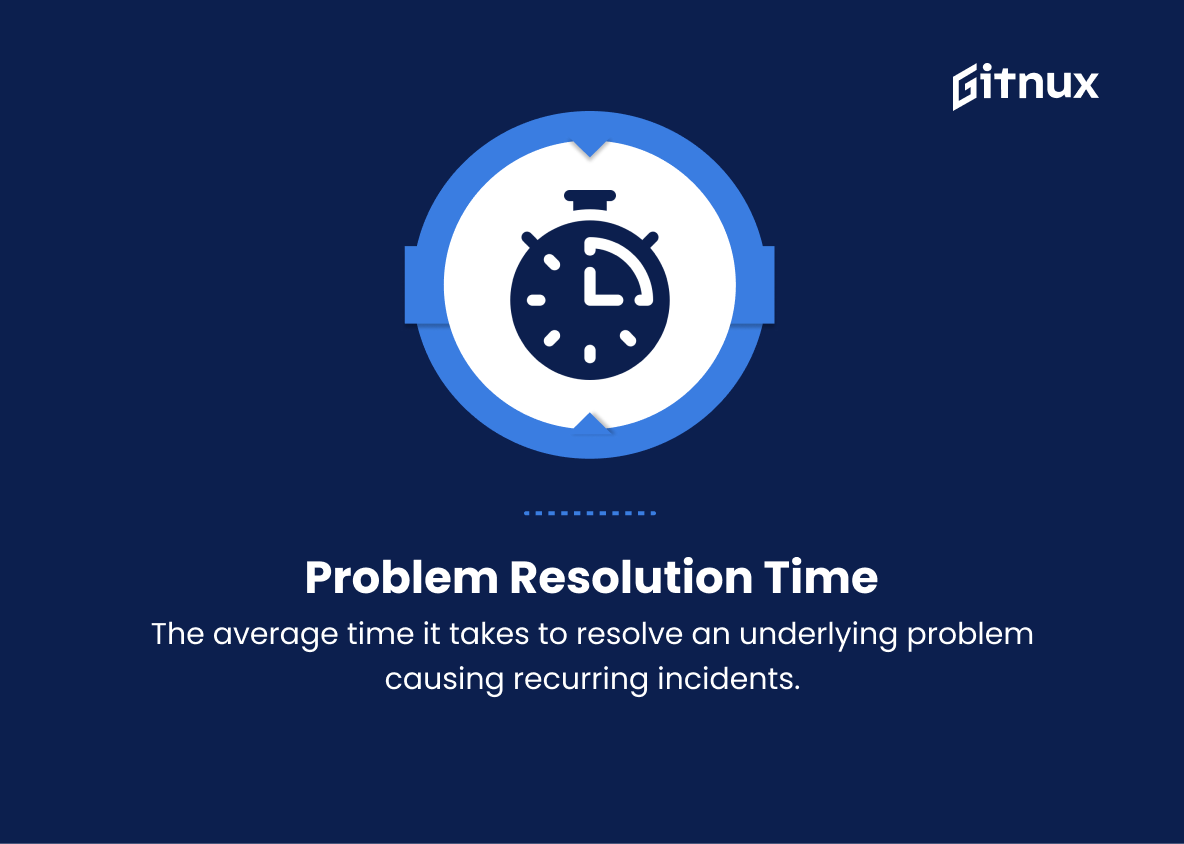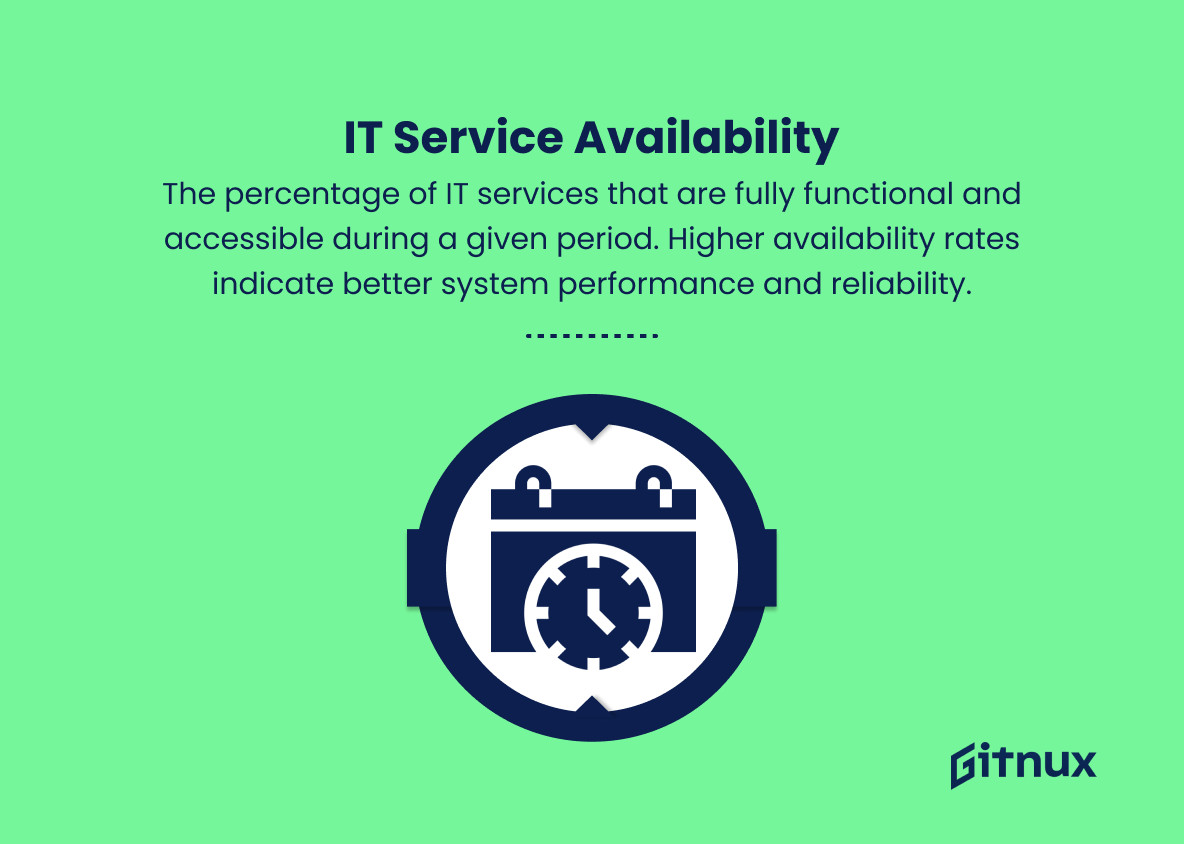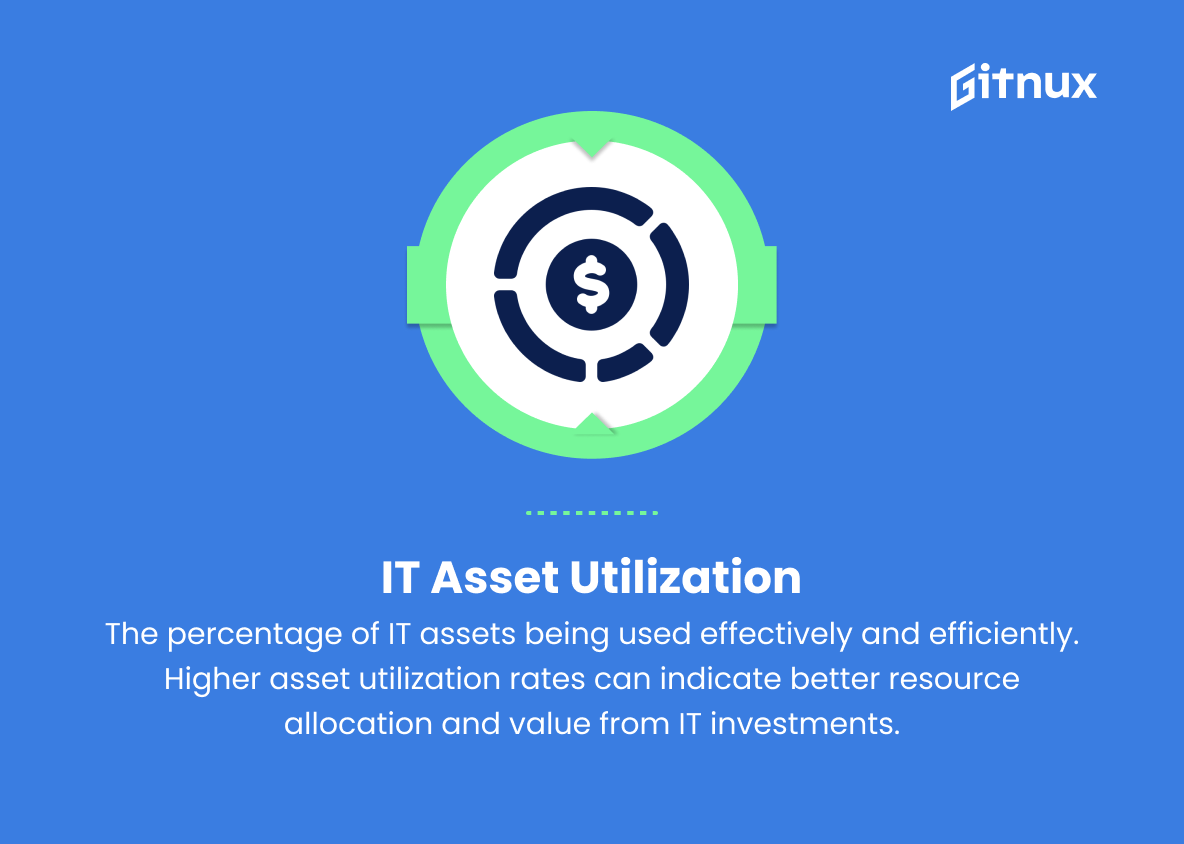In today’s rapidly evolving digital landscape, managing IT operations has become a critical aspect of business success. As organizations increasingly rely on technology, it is critical to ensure that their IT infrastructure is efficient, secure, and aligned with business objectives. To achieve this, decision makers need to monitor and measure the effectiveness of their IT operations using well-defined key performance indicators (KPIs).
In this comprehensive blog post, we will explore the importance of IT operations KPIs, examine the key metrics your organization should focus on, and explore practical strategies for optimizing their performance. By understanding and implementing the right KPIs, you can gain valuable insight, drive innovation, and ultimately deliver better results for your business.
IT Operations KPIs You Should Know
1. System Uptime
The percentage of time a system is fully operational and available during a given period. A higher percentage indicates better system reliability and performance.
2. Incident Response Time
The average time it takes for the IT operations team to respond to an incident or issue. Faster response times can lead to quicker resolutions and reduced downtime.
3. Mean Time to Repair (MTTR)
The average time it takes to fix an issue or incident after it has been identified. Lower MTTR values indicate a more efficient IT operations team and better system performance.
In today’s rapidly evolving digital landscape, managing IT operations has become a critical aspect of business success.4. First Contact Resolution Rate
The percentage of issues that are resolved on the first contact or interaction with the IT support team. Higher rates indicate more effective support and reduced repeat issues.
5. Service Level Agreement (SLA) Compliance
The percentage of IT services that meet or exceed their predefined service level agreements. Higher scores indicate better overall service quality and compliance.
6. Change Success Rate
The percentage of IT changes (such as software updates or hardware installations) that are successfully implemented without causing any incidents or issues. Higher success rates are an indication of better change management processes.
7. CPU Utilization
The percentage of a computer’s processing capacity that is being used at any given time. Lower CPU utilization can indicate that resources are being used efficiently and there is room for additional workloads.
8. Storage Utilization
The percentage of the available storage capacity that is being used. Lower storage utilization can indicate efficient resource allocation and reduce the risk of running out of space.
9. Network Utilization
The percentage of the available network bandwidth that is being used. Lower network utilization rates can indicate more efficient data transfer and reduced network congestion.
10. Customer Satisfaction
A measure of how satisfied customers are with the IT operations team’s services, usually collected through surveys or feedback forms. Higher satisfaction scores can indicate better overall service quality and effectiveness.
Key Performance Indicators (KPIs) in IT Operations matter because they provide essential insights into the efficiency, reliability, and overall success of an organization’s technology infrastructure.11. Incident Volume
The total number of incidents or issues reported to the IT operations team during a given period. Lower incident volumes can indicate more stable and reliable IT systems.
12. Cost per Incident
The average cost to resolve an incident, considering both direct (e.g., labor, materials) and indirect costs (e.g., lost productivity). Lower costs per incident indicate more efficient incident resolution processes.
13. Problem Resolution Time
The average time it takes to resolve an underlying problem causing recurring incidents. Faster problem resolution times can lead to reduced repeat incidents and better overall system stability.
14. IT Service Availability
The percentage of IT services that are fully functional and accessible during a given period. Higher availability rates indicate better system performance and reliability.
15. IT Asset Utilization
The percentage of IT assets (such as hardware and software) being used effectively and efficiently. Higher asset utilization rates can indicate better resource allocation and value from IT investments.
IT Operations KPIs Explained
Key performance indicators (KPIs) in IT operations are important because they provide critical insight into the efficiency, reliability and overall success of an organization’s technology infrastructure. For example, system uptime reflects the reliability and performance of a system. Incident Response Time and Mean Time to Repair (MTTR) measure the efficiency of the IT operations team in addressing and resolving issues, while First Contact Resolution Rate and Service Level Agreement (SLA) compliance demonstrate the effectiveness of the support team in providing optimal service to users.
Change Success Rate and CPU, Storage and Network Utilization show how well the IT Operations team manages change and resources, while Customer Satisfaction and Incident Volume show the quality and stability of the IT services provided. Cost per Incident, Problem Resolution Time, IT Service Availability and IT Asset Utilization KPIs underscore the importance of efficiency and smart resource allocation. Together, these KPIs provide a comprehensive picture of the IT operations team’s success, guide improvements, and ensure that systems are reliable, efficient, and beneficial to the business.
Conclusion
In summary, IT operations KPIs are critical to the overall success and efficiency of an organization’s IT infrastructure. By implementing and consistently monitoring these metrics, organizations can not only identify areas for improvement, but also maintain effective control over their IT environment. It is imperative that IT professionals and decision makers understand the importance of these KPIs and make data-driven decisions that lead to better resource utilization, reduced downtime and, ultimately, a more robust and reliable IT infrastructure.
It’s not just about meeting KPIs, it’s about creating a culture where continuous improvement and performance tracking become second nature to the organization, ensuring long-term success and adaptability in an ever-changing technology landscape.
